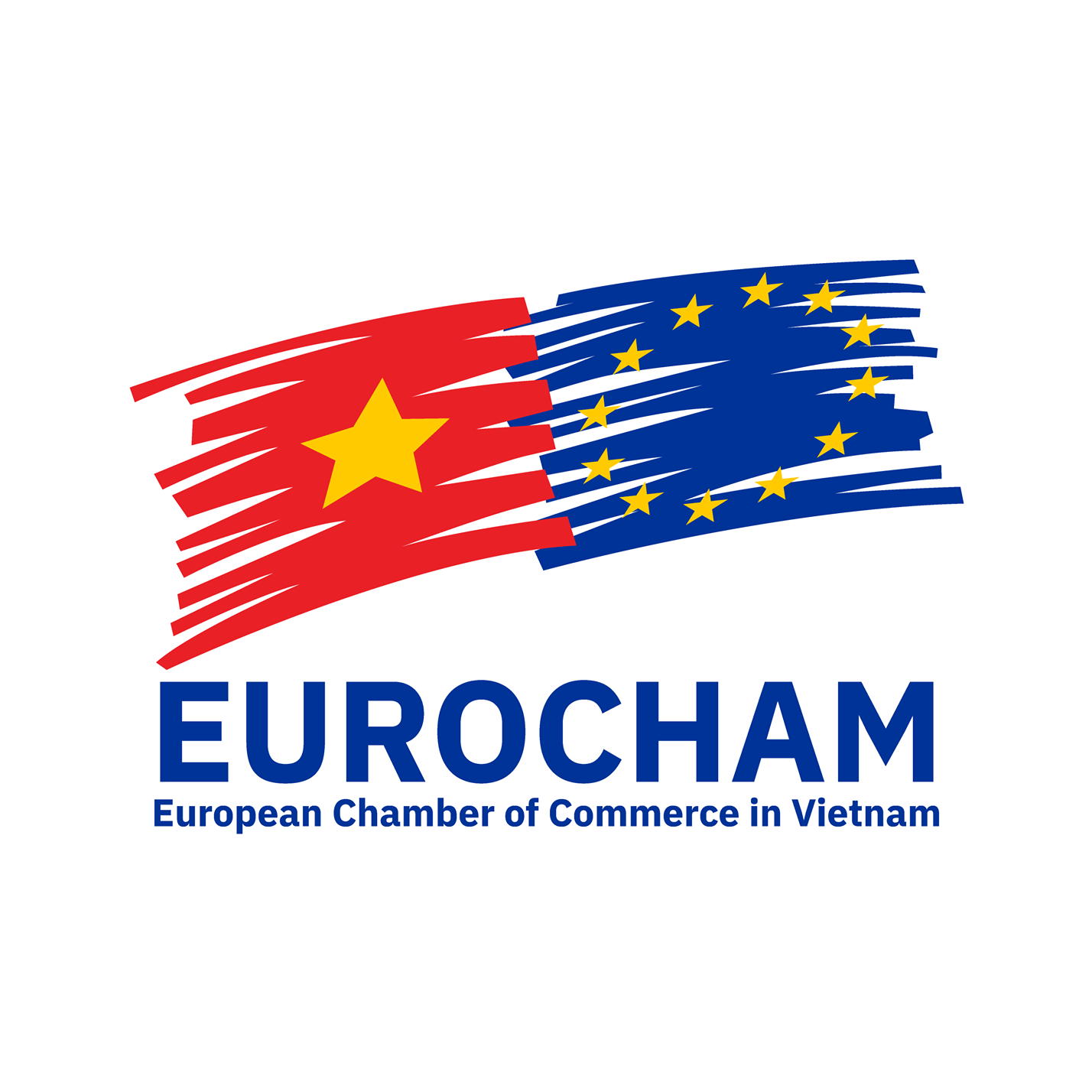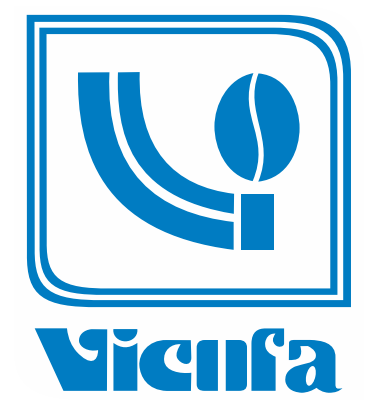_5LpWI6Mn9.png)
Textile and garment industry in Vietnam
In Vietnam, textile and garments are one of the key industries with a huge volume of import and export goods, with over 1 million tons of cotton, 2 million tons of fibber, and hundreds of thousands of containers of fabrics, raw materials, and garments per year. Undoubtedly, logistics costs increase respectively.
Source Image from: Tap Chi Tai Chinh Vietnam
Drawbacks and barrier
According to Mr. Truong Van Cam - General Secretary of Vitas, Vietnam's logistics costs are currently higher than other countries in the region, specifically 6% higher than Thailand, 7% China, 12% Malaysia and 3 times higher than Singapore. The main reason is that the State's regulations on fees and charges on logistics are quite high. Secondly, though domestic logistics enterprises account for 80% of the volume, their market share is only about 20%, hence logistics companies are facing fierce competition with foreign shipping lines. This leads to the price dependency on foreign shipping lines
Taking the CIC fee for example, this is a type of sea freight surcharge that shipping lines collect to offset the costs arise from the transfer of a large amount of empty containers from a place of excess to a place of shortage which is only applied in the peak season.
For large scale enterprises such as Nha Be Garment Joint Stock Corporation and Viet Tien Garment Joint Stock Corporation, they can bear this cost. However, Vietnam's textile and garment enterprises are mainly small and medium-sized enterprises, so this fee collection can be a burden.

Mr. Dang Trung Thanh - Vice President of VLA showed support to the above statement that in 2017, the textile and garment industry is projected to reach about 30 billion USD in export value, of which logistics costs account for 9.1%, estimated at 2.79 billion USD. This is not a small number, which will affect the competitiveness of Vietnam's textiles and garments, especially in the context that the industry is competing with emerging countries such as Cambodia, India, Bangladesh.
In addition, many raw materials and accessories of textile and garment have to be imported and directed by foreign buyers, Vietnam enterprises incur very high local surcharges and fees. Specifically, the fee for loading and unloading goods (THC) is from 90-250 USD/container, the delivery order (DO) fee is from 550 - 730 thousand VND/container, the container cleaning fee is from 490-680 thousand VND/container.
Opportunities
Logistics costs currently account for nearly 30% of the total cost of each import and export textile product. If this cost can be reduced, it means that Vietnam's textile and garment industry can save more than 1 billion USD/year.
Currently, textile and garment enterprises have remained passive in logistics, they have not yet been able to combine the importing raw materials and accessories with the exporting of completed goods. This common occurrence is due to cargo shipments being ‘only one-way', either export or import, and the other way is to transport empty containers, so transportation costs are high.
Secondly, Vietnam textile and garment enterprises still don’t connect each other to import material. Therefore, to save costs and transport time is a way for textile and logistics businesses to "meet" each other, Mr Nguyen Tuong, Vice President of Vietnam Logistics Association once said.
What is logistics and how does logistics enhance Vietnam's textile and garment industry’s competitive advantages?
Logistics is a term for the administration of the progression of labor, goods and services among both internal and external organization’s networks to adapt its demand. Together with significant technological developments in many industries, logistics, and especially logistics for the textile industry has witnessed great strides which not only add a value of time and location utility but also play an utmost competitive advantage for textile manufactories. This is because in textile industry where such countless stages need to pass from raw materials to completed products and then to reach clients’ cluster within the stipulated time frame.
While most of textile and garment manufacturers concentrate their competitive advantages in production capacities and invest the rest of their capital in machinery, transport, and logistics role is underplayed. That makes this cost rise up to 15% in general, especially 40% in the apparel industry.
Besides, one of the biggest challenges of the Vietnam apparel industry is the small-scale orders from regular markets such as Japan the EU (ZARA, Mango, Puma, etc) with a hurrier delivery date. This is because people nowadays prefer fast fashion where new trends are updated weekly and big fashion brands want to limit their storage costs.
The tough question for Vietnam textile and garment manufacturers is whether to invest in their in-house logistic department or outsource to third parties who specialize in forwarding cargo. To answer this, we have to categorize logistics into 3 separate fields: procurement, production and distribution.
· Procurement Logistics
Procurement is about optimizing raw material and accessories purchases. Since most material is imported and decided by foreign customers, businesses should connect together for bargain prices and coordinate with freight forwarders to minimize transportation costs.
· Production Logistics
Production logistics comprises a range of activities that minimize bottleneck in any stage of producing lines and assure right material/product quantities is fed in time at the workstation. The aim of this phase is to streamline and control the flow through value-adding processes and eliminate futile tasks. In some cases, it’s better for businesses to build their internal production logistic department because of pre-existing knowledge of the company and in the textile industry.
· Distribution Logistics
Distribution is all about delivering final products. It sounds simple but requires numerous complicated processes, such as request handling, warehousing, and transportation. Distribution logistics is as important as the aforementioned steps since it also affects delivery time. Specifically, the main markets of Vietnam's textile and garment industry are in different countries and require long way for the shipment to arrive at final destinations.
Solution for logistics in textile and garment industry in Vietnam
Besides, the Vice President of VLA also recommended: The peculiarity of the textile industry is that up to 80% are small and medium-sized factories. Businesses can consider the ability to buy raw materials together to reduce transportation costs.
On top of that, alter business practices, consider importing raw materials and accessories from the Cost-Insurance-Freight (when the shipping company actively negotiates international freight. the manufacturer only receives the goods) to the Free-of-Board (when the manufacturer actively only accepts the goods, international shipping and freight services). By doing this, businesses are able to easily control costs and time, as well as ensuring a high-quality production plan.
Garment shipment
In fact, the textile and garment industry has witnessed some enterprises actively looking for solutions and have succeeded in reducing logistics costs, Nha Be Garment Joint Stock Corporation is a typical example. Head of NBC logistics department of this company – Mr. Nguyen Thanh Chung shared his experience that previously, enterprises had to pay an average shipping fee of 100 USD/block for goods collected from Hong Kong, China and India.
After establishing a logistics department, goods from these markets are collected into containers and brought back. Thus, instead of paying 1,000 USD for 10 shipments, Nha Be is currently only paying 160-170 USD for 10. After 5 years of establishment, the logistics department has helped the company save 12-14 billion VND per year.
However, the above logistics strategy is viable for big companies like Nha Be Garment Joint Stock Corporation, but incompatible with small and medium-sized enterprises due to lack of connections with other businesses in the industry as well as the possible lack of experience.
The question is what are the most practical logistics for them?
As mentioned above, the most efficient solution for Vietnam textile and garment enterprises is to find a suitable logistics agent or freight forwarder to enhance their competitive advantages.
How to find a “match” freight forwarder for your textile and garment manufactory?
Freight forwarders, forwarders, or also called as forwarding agents are companies that specialize in organizing shipments from the manufacturers to markets, customers or final point of distribution.
How to find the right freight forwarder for a garment factory?
A freight forwarder’s job is also responsible for providing professional advice and assists your business on shipping, import, and/or export rules, regulations, and documentation requirements from the departure point to final destinations. Particularly, freight forwarders will utilize an assortment of transportation modes, including ships, planes, trucks, and railways, and combine these for a solitary shipment.
For example, your shipment departs by a truck from your factory to a central warehouse, then it is loaded onto another truck to the airport and continues to travel to the destination city. Afterward, the shipment will be moved from the air terminal to the final distribution center by another truck. If your business constantly works overseas transportation, there would be more intricacies added onto an already complicated degree of logistics processes.
In reality, there isn’t a shortage of freight forwarding agencies but finding a suitable one for your business is the hard part. Anyone looking for an agent should take caution.
1. Find a textile and garment specialized agent
Freight forwarders can be divided into different categories, specializing in particular product types such as refrigerated goods, bulk materials, hazardous goods, fresh produce, etc. For textile and garment, in case you're managing import and fare customs, you need to know whether your accomplice has the business information to explore laws and guidelines of import and export garment in both the nation of departing and arriving.
Regardless of whether you're sending out garment goods which are not fragile or products that require a REEFER container, choosing a forwarder that understands the procedures for shipping your garment and textile is vital for your success.
2. Pick a good reputation and connection freight forwarder in the garment industry
A healthy connection is hard to build but a good reputation is even harder to garner. Regarding to the forwarder’s reputation and trustworthiness, a good way to verify is to find out whether they are members of existing logistics associations such as JCTrans, VCCI, VLA, etc.
On the other hand, if you plan to export garments to the US or European countries, make sure you minimize your risk by making sure that your logistics agent’s network covers these destination countries. Last but not least, a well-connected agent can also bring you a more affordable quote.
3. Check their potential ability
This may be the most obvious one but it is important to know if your choice of freight forwarder knows what they are doing. Make sure that their range of services can cover all your demands in every possible situation as this acts as a form of ‘insurance’ when things go south. Most garment and textile logistics agents should be able to provide:
· Inventory management
· Tracking inland transportation
· Preparation of import and export documentation (forms)
· Packing/loading and storage
· Master consolidation
· Find a suitable shipment route
· Booking cargo space
· Customs broker
· Customs clearance
· Negotiating freight charges
· Appropriate insurance
4. Ensure your freight forwarder’s service has cargo insurance
Now for the real kind of insurance. As mentioned earlier, the majority of Vietnam garment and textile factories are manufacturers for big MNCs in fashion such as Nike, Adidas, H&M, Marks and Spencer, etc. who have extremely strict terms and conditions in the contract, a tiny slip up on your end may cause you future opportunities. Nonetheless, working on deliverables for either big corporates or local businesses, ensure timely deliveries is the bare minimum for a successful business. For smaller-scale companies, it may seem like a feasible idea to chance it but having cargo insurance will always be beneficial to you. When bad things happen, you are insured; when things are well, you get peace of mind.

Once again, when you have cargo insurance that provides coverage for shipping by land, sea, or air against the possibility of loss or damage to your shipment, you would be carefree and focus on making the next orders.
5. Look for a transparent pricing structure
The worst thing that can happen to you is not knowing what you are paying for. Imagine this, you’ve received a shipment quote from a freight forwarder and a few days later you found out that there are hefty fees quoted by the company with no clear explanation. Despite the reasoning behind this, a company should always be transparent when providing a pricing quote, those who don’t make it crystal clear are huge red flags.
Why choose VICO Logistics HK?
Established in the early 90s, VICO Logistics HK is now the leading logistics provider in Indochina. We offer a diverse range of services from air and sea transportation to all types of solutions to garment and textile logistics problems.
Understand that textile and garment goods are easily affected by weather, VICO provides well-equipped transport vehicles to ensure the quality of shipments. Owning a strong local & regional network, our focus is to handle your garment cargo in the shortest time, safest way, and most attractive prices. We specialize in providing integrated Logistics services & distribution, inventory configuration and postponement, cross-docking logistics solutions that are tailored to not just meet your requirements but going beyond our customers’ satisfaction.
Get an online quotation now at: https://www.vico.com.hk/en/#quotation
Related posts:
The COVID Impact To Garment And Textile Industry In Asian Countries
How To Ship Textiles And Garments In The Right Way?
---------------
VICO LOGISTICS – Indochina Logistics Expert
Premium member of Eurocham, JCtrans, Ziegler One, VLA, VCCI,... associations
Owned offices: Hong Kong (headquarter), China (Shenzhen, Shanghai), Vietnam (Ho Chi Minh, Da Nang, Hai Phong).
Follow us for more valuable information Youtube - Linkedin - Fanpage
Book now: https://vico.com.hk/#quotation






